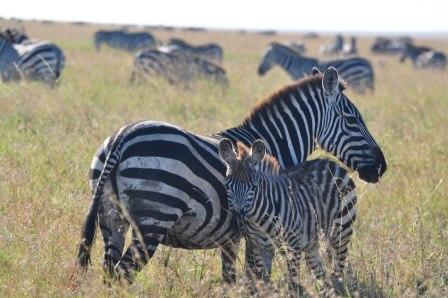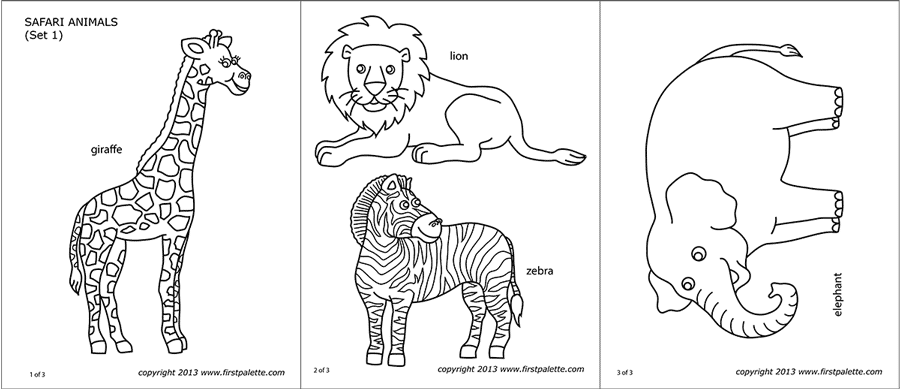

Gemsboks enjoy each other’s company and generally form groups of around ten individuals. In the open grasslands of the more northern parts of Africa (mainly East Africa) you will find the northern gemsbok ( oryx). The southern gemsbok is typically found in arid regions like the Kalahari.

The spiral shape allowing them to interlock easily. These animals use their horns in combat with other males to establish dominance. They’re also used in traditional African rituals and practices. They are hollow, which means they can serve as containers. Many African tribes also purpose them into musical instruments. They are widely sold for their decorative qualities. The females are also far more petite and shorter. Only the bulls have horns so it’s easy to distinguish male kudu from female kudu. Some of the longest animal horns ever measured and recorded were 180 centimetres in length. Kudu males (known as bulls) are also easily recognised by their impressive horns. One of the largest members of the Bovidae species, greater kudu can stand as high as 150 centimetres! The horns are strong enough to survive combats between males, but they are hollow inside, and a cross-section is circular.įemales are able to extend their pregnancy by as much as a whole month if they feel unsafe or if there is too little food available! Kudu They’re usually around 70 cm in length and have ridges. Being splayed apart enables male impala to lock horns with other males when they compete for dominance. These horns tend to be dark in colour and curve outwards from the impala’s head, meaning the tips are far apart. When scarcity hits during the dry season, impala come together in groups as large as 100-200 individuals, to search for food and water together. When food and water are plentiful, they tend to break into smaller groups. If there is danger about, they alert the herd by making a loud barking noise. They’re unbelievably swift runners and their impressive leaps have been measured to be as high as 3 metres in the air, and 10 metres in length! The impala is one of the most common antelope species in Africa. It is believed that the females are naturally attracted to males that are equipped with horns for this very primal purpose. Horns also serve the purpose of protecting the fawn (the offspring). A dominant male establishes himself by challenging others with their horns. Male gazelles have longer horns than females in order to win dominance. However, in many instances the females have shorter horns than the males.

African gazelles’ hornsīoth males and females grow horns (with a few exceptions). Other species of gazelle that are found in Africa include Speke’s gazelle, Thomson’s gazelle, and dama gazelle. Grant’s gazelle are some of the tallest gazelles, and the slender-horned gazelle is now an endangered species due to a loss of habitat and human expansion. Of the 14, six are found in Africa, including the Dorcas gazelle which is found in the Sahara Desert and throughout the Northern regions of Africa. There are over 14 different types of gazelle falling under the antelope genus as a group called Gazella. Antlers fan out into branch-like shapes or fingered structures. They can twist or curve, protrude far or barely show, but they are also one solid mass. Horns can be distinguished from antlers instantly – horns are one solid structure. Just like human nails they continue to grow throughout an animal’s life, accounting for scrapes and activities that wear them down. This includes various species of antelope and gazelle as well as cows, sheep, and goats. Horns, on the other hand, belong to the Bovidae family. Over time the velvet texture disappears and the antlers become smooth and shiny. Antlers are usually covered in a velvety growth as opposed to the hard keratin of horns. AntlersĪntlers grow on the Cervidae family of animals, such as moose, elk and deer. In actual fact, horns and antlers have significant differences in their purpose, structure, growth, and the animals on which they can be found.


 0 kommentar(er)
0 kommentar(er)
